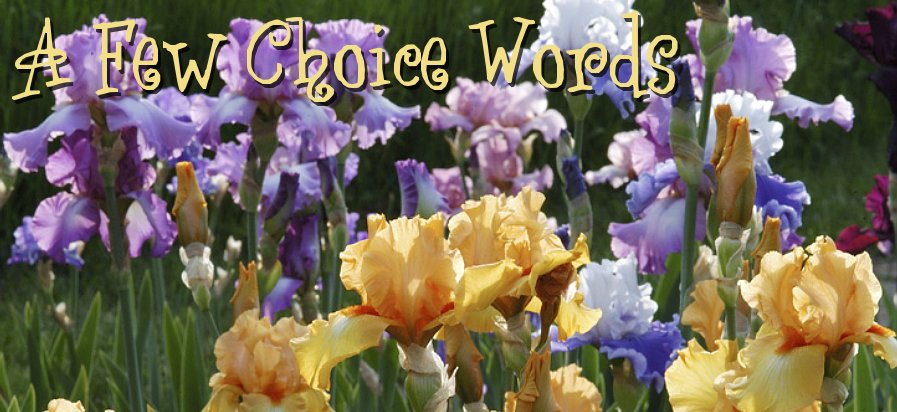So we're in Athens, right? And I say to Lisa,
I say, "If J were here, she would take a picture of that flower."
So she (Lisa) did, and here it is, along with some others that I didn't even have to prompt her to take.
This is the one. It's near the entrance to the Temple of Olympian Zeus, in Athens.
And this one is at the foot of a statue about a block away.
These were near our room on the island of Kea.
So was this. We thought we lost this picture (and about 300 others) because of some technical issues, and it was too late to recreate it because we wouldn't be there the next time the sun hit the flower that way. Fortunately, all was not as lost as we had feared.
We saw these on our walk to the archaeological site on Kea. I call them dandelions with an attitude.
These were on the terrace where we ate our breakfasts (of store-bought yogurt and fruit) at the Nassos Guesthouse in the town of Molyvos on the island of Lesvos.
I've never been a fan of hydrangeas, myself, but some of my best friends are. And if you're gonna spend time looking at them, the variegated color does help a lot. It's is not a trick of the light; they really were this many colors that close together. These are in Istanbul, on the grounds of the Blue Mosque.
You know what? I've lost track. This lovely bush is somewhere in Greece. Or Turkey.
I took this one, I took this one! This intrepid little bud was poking out by the steps down to the ladies' room at a restaurant we stopped at, in a town I'll have to tell you about soon, on the island of Samos.
Still Samos. Not flowers, I guess. So sue me.
The poppies! I can't believe I forgot the poppies. I kept asking Lisa to take pictures of them and she kept doing it but saying they wouldn't come out. And I said, "That's fine. Just try." And she did, and then we got this. And I totally forgot about it until Alex looked over my shoulder to see the other pictures (already posted) and tried to tell me that that other red one was a poppy. Which it's not. But these are. And now I've remembered. And here they are. This is at the Göreme Open Air Museum in the town of Göreme, in the Cappadocia region of Turkey.


5 comments:
Ohhh wow.... so many fab photos there. That last one is good. Also the one you took of the little pink blossom sticking out of the white wooden wall.
Amazing! True photographers you are! So many subcategories...flowers, ferries, ceilings, churches, hotels,...the list goes on! I would love it if you would stay in this vein for a while. The afterglow is almost as good as the trip for us out here in cyberspace. :)
What did you do for your birthday? Hope it was great.
Oh, yes, the flower photos. And the red-roofed-houses-on-a-hill photos. And the sea photos. And the bird photos. And the food photos. And of course the cat photos. Not to mention photos of ruins and churches and mosques . . . I had a wonderful time yesterday playing with the photos.
That "lovely bush" is oleander, growing in the Forest of the Nightingales - we took the photo on our way up the mountain to the village of Manolates in Samos.
Oleander is a beautiful but highly toxic bush that we saw in abundance, both white and pink varieties. They grow in profusion around dry stream beds. (Remember the Carriage Road from Sigri to Eressos in Lesvos?)
In spite of oleander's toxicity, according to Wikipedia, the Mesopotamians in the 15th century BC believed in its healing properties. The ancient Babylonians used a mixture of oleander and licorice to treat hangovers. And Roman soldiers also regularly took an oleander extract for hangovers.
Pliny the Elder of ancient Greece wrote about the appearance and properties of oleander. Arab physicians first used oleander as a cancer treatment in the 8th century AD.
In 1966 Doctor H. Z. Ozel in Turkey re-discovered a centuries-old oleander extract remedy. He refined and patented it as Anvirzel, which he has used for the past 40 years in treating cancer and other cell proliferative diseases. Oleander leaf extract is also used to treat congestive heart disease.
Oleander is highly toxic in raw form and may be lethal to humans and animals in doses as small as one leaf. So, cautions Wikipedia, no one should attempt to make their own oleander remedy without precise directions and consultation with an experienced herbalist and physician. (Yeah, right, they are going to aide and abet your home concoction . . . )
So there you have it!
Aaaaaand that was Mom's job on the trip.
In addition to bankrolling the whole adventure, she functioned as our official Learned One.
I love the Poppies. We have them here on the growing in the media of our roadways in Summer. I always mean to stop and snap a picture. I may never get to visit these places so thanks for sharing.
Mama Bear
Post a Comment